STOLPERSTEINE GELSENKIRCHEN
Gemeinsam erinnern statt Vergessen

← Back
|
HERE LIVED
 ISIDOR ISACSON ISIDOR ISACSON
JG. 1875
ESCAPED 1936
HOLLAND
ARRESTED WESTERBORK
DEPORTED 1943
SOBIBOR
MURDERED 28.5.1943
|
HERE LIVED
 FLORA ISACSON FLORA ISACSON
NEE MASUR
JG. 1876
ESCAPED 1936
HOLLAND
ARRESTED WESTERBORK
DEPORTED 1943
SOBIBOR
MURDERED 28.5.1943
|
Last address/installation of the Stolpersteine(stones of remembrance): Ringstrasse 4/corner Wildenbruchstrasse, Gelsenkirchen
|
Isidor Isaacksohn, who had changed his name to Isacson at an early yet unknown stage , was born in a town called Libau on 15th September, 1875. He was married to Flora née Masur who was born in Lissau-Posen on 7th December, 1876. The roots of the Isacson family go back to Russia, but they moved to Rotterdam even before 1900. It was there that their eldest daughter called Betty was born on 20th December, 1900. On 23rd January, 1921 Betty Isacson married Leo Gompertz in the city of Gelsenkirchen. The couple Isacson had six children, all of them survived the holocaust: the afore-mentioned Betty, Rita and Fella and their sons Herbert, Max and Louis.
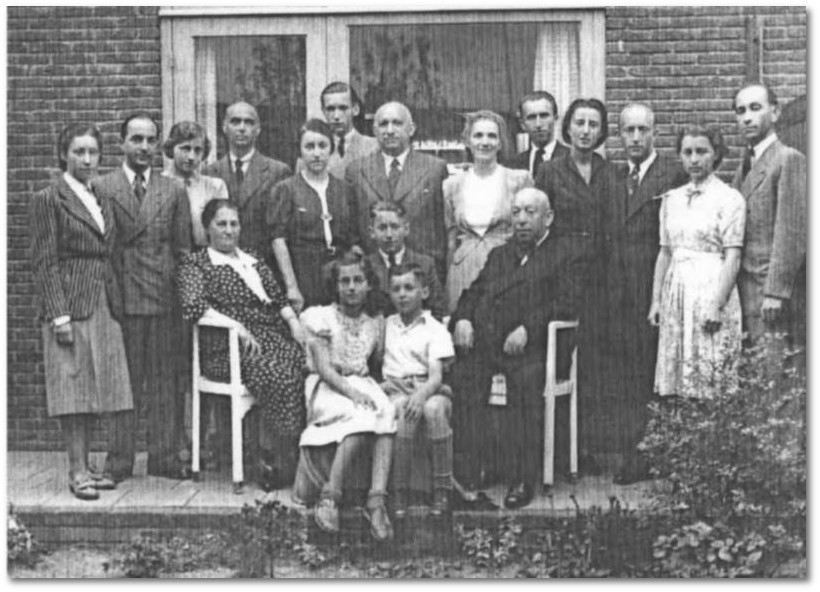
Fig. 1: Last meeting of all members of the Gompertz and Isacson families in Velsen, Netherlands.
The picture was taken 2 days before Betty Gompertz, née Isacson embarked for the United States together with her sons Albert, Fritz and Rolf – the very day when the Germans invaded Poland.
From left to right: Fella Goldschmidt standing next to Rita and Ernst Heymanson, adjacent to Betty, Albert and Leo Gompertz, Sophie and Max (Marcel) Isacson, Hilde and Herbert Isacson, Bep Weynshenk with her fiancé at that time Lutz Isacson. Sitting on the left: Flora Isacson, Fritz Gompertz in the centre of the picture, Isidor Isacson sitting on the right, between them sitting in the front Ellen Heymanson and Rolf Gompertz.
|
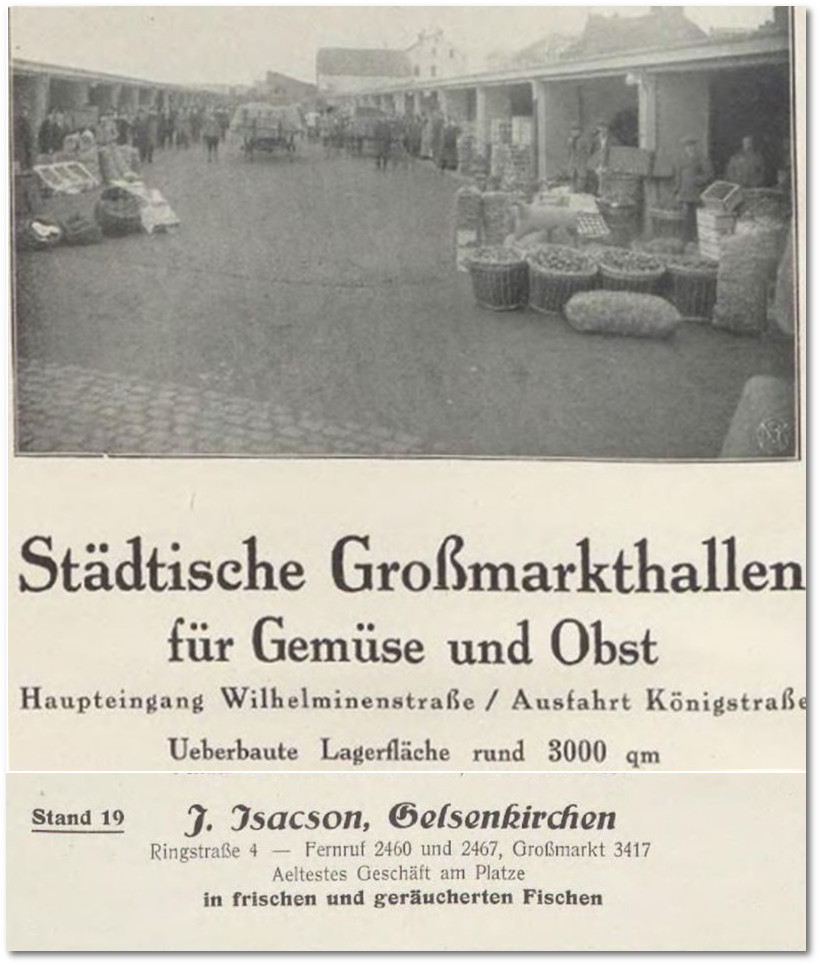
Fig.: In 1927, Isaac Isacson ran the booth no. 19 in the urban wholesale market hall Gelsenkirchen
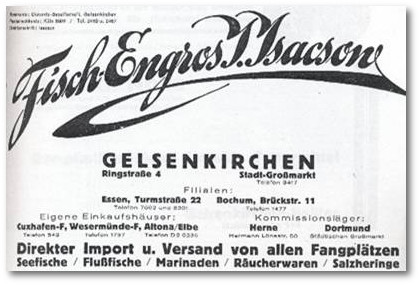
Fig. 2: Advertising published in 1927 of Messrs. I. Isacson, Fish Wholesale, Gelsenkirchen, Ringstraße 4 (showing the addresses of the branch stores as well as their products)
In 1923 Isidor Isacson founded a wholesale business delivering fish of all kind to their own stores, among others in Essen, Bochum and their branch store in Gelsenkirchen, Ringstrasse 4 corner Waldstrasse (today known as“ Im Kerkenbusch“). At the time of the foundation of the company, shares were split as follows: Isidor Isacson 50%, his son Herbert 25% and Samuel van Ments, a businessman from the Netherlands held the remaining 25%.
|
|
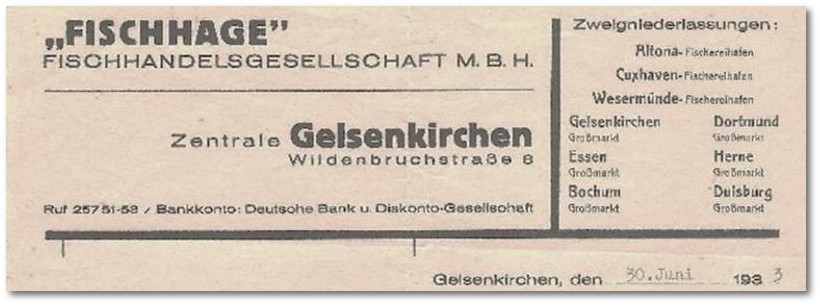
Fig.3: After the "Aryanization", Letterhead of "Fischhage" Ltd. (FISCHHANDELS-GESELLSCHAFT M.B.H.) dated 30th June, 1933.
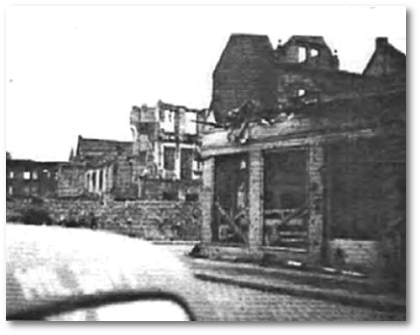
Fig. 4: The Isacson store in Gelsenkirchen, Ringstrasse in October of 1945.
On 25th April, 1933 Isidor and his son Herbert „sold“ their shares in the company, having tenure and thus continued to lead the company against payment by the new owners. Immediately after the company was sold, the name was changed into „FISCHHAGE FISCHHANDELS-GESELLSCHAFT M.B.H.
Besides the flourishing business, the Isacson family held considerable estate property in Gelsenkirchen. The „aryanization“ of the business and the compulsory acquisition of the property of the Isacson family started already in spring 1933 and its complete execution took as long as until 1937.
|
Carsten Kaiser und Thomas Lammfuss: → Dokumentation der Enteigung
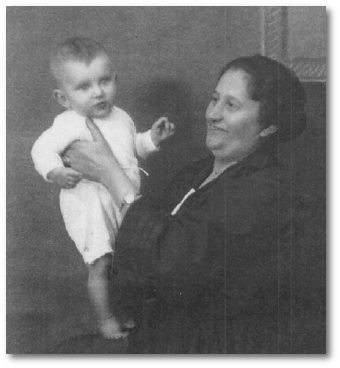
Fig. 5: Flora Isacson with Albert Gompertz holding in her arms in May, 1922.
In 1936, driven by the increasing pressure fom the NS regime, Isidor Isacson tried to obtain the necessary visa for the members of his family for an escape to the United States, but he did not succeed. At last the family fled to the Netherlands in 1936/37. At the same time the complete property of the Isacson family was finally wound up by the Nazis in the framework of the „aryanization“. The couple Isidor and Flora was chased and in the end arrested by NS prosecution authorities and was imprisoned in the camp of Westerbork. From there, Isidor and Flora Isacson were deported to the extermination camp Sobibor on 25th May, 1943. On 28th May – the day of their arrival – they were murdered in the Sobibor gas chambers. The sponsorship for the Stolpersteine in memory of the Isacson couple is taken by Mrs. Else Rogalla († 2018).
|
Sources:
Experiences of Albert Gompertz: From Nazi Germany to America. Autobiografie von Albert Gompertz, written in Palm Beach, Florida July, 1998. Mit freundlicher Genehmigung der Familie Gompertz.
Carsten Kaiser und Thomas Lammfuss: Enteignung und Bereicherung - Zehn Beispiele: 'Fischgroßhandel Isaak Isacson' in 'Was die Nationalsozialisten „Arisierung' nannten – Wirtschaftsverbrechen in Gelsenkirchen während des „Dritten Reiches“, Heinz Jürgen Priamus (Hg.) erschienen Mai 2007, Klartext Essen.
Abbildungen 1-4:
1, 4+5: Das Foto Nr. 4 entstand bei einem Besuch Albert Gompertz' als er als US-Soldat seine Heimatstadt Gelsenkirchen besuchte. Privatbesitz Familie Gompertz/Isacson, mit freundlicher Genehmigung.
2: Werbeanzeige 1927 in: Monographien deutscher Städte, Bd. 20, Herausgeber Karl von Wedelstaedt, Erwin Stein.
3: Zeugnis auf Geschäftspapier der "FISCHHAGE" für Jacob Feilmann. Mit freundlicher Genehmimgung von Enrique Kahn.
Projektgruppe STOLPERSTEINE Gelsenkirchen. September 2011
Stolpersteine for Isidor und Flora Isacson, installed October, 8th 2012
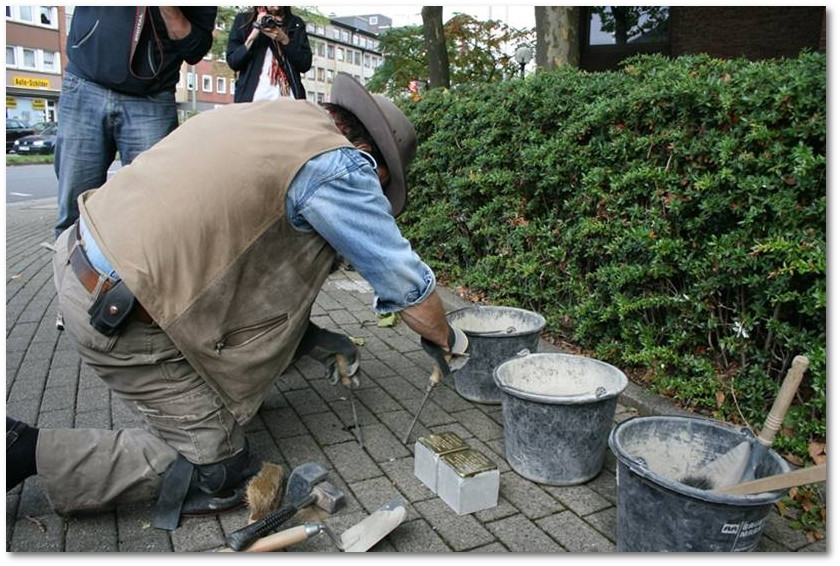
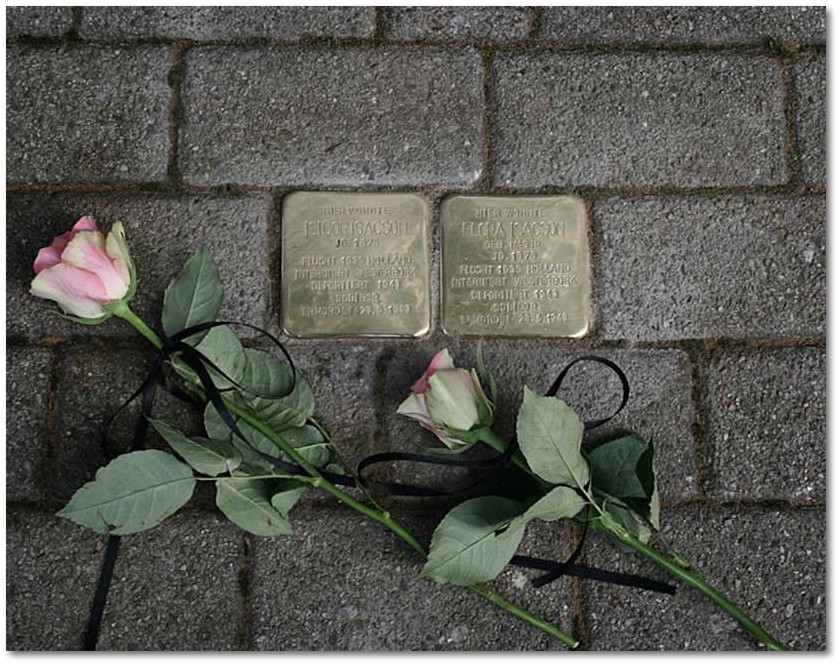
Translated by Claudia Thul, Gelsenkirchen, 2.12.2018
|